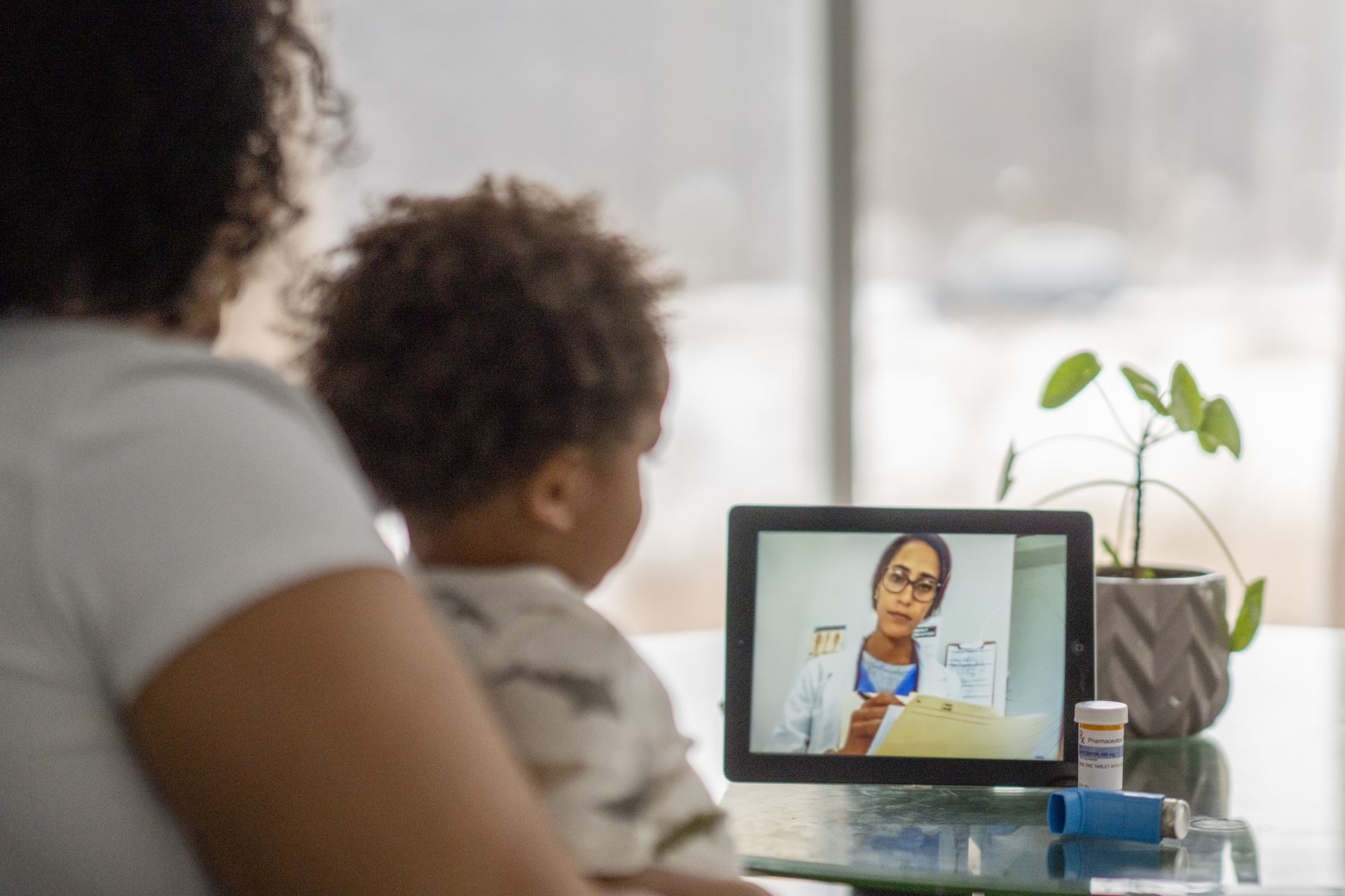Physicians find Virtual Emergency Department (ED) can provide accessible and compassionate care for equity-deserving populations

A 2024 study from an interprofessional research group at Sunnybrook found that members from equity deserving populations (EDPs), such as those from communities of colour, the LGBTQIA+ community and disability community, preferred virtual emergency health care under certain circumstances as they found the Virtual ED to be a more socially and culturally safe space with improved access compared to their experiences of in-person ED care.
The group’s most recent study, published in the Canadian Journal of Emergency Medicine, highlights perspectives on accessibility and inclusion from Physicians in the Virtual ED, and the promising applications for the delivery of equitable and compassionate care for equity-deserving populations. Like patients, physicians found the virtual ED a culturally-safe alternative to in-person ED visits, and identified ways to improve Virtual ED access for EDPs.
The Toronto Virtual ED was introduced in December 2020 in partnership with Unity Health Toronto and University Health Network (UHN) in response to the COVID-19 Pandemic. Sunnybrook and UHN continue to partner in this space and Sunnybrook’s Virtual ED has seen over 12,500 patients since the program’s inception. Sunnybrook continues to be a leading voice provincially and nationally in the virtual urgent care space, with its physicians providing guidance to several programs across the country.
“Our study found that physicians feel they can provide compassionate care to equity-deserving populations through the Virtual ED,” explains Dr. Justin Hall, medical director of Sunnybrook’s Virtual ED and lead author of the study. “Many of our participants expressed a belief that compassionate care transcended the traditional boundaries of in-person care.”
The study interview 14 Virtual ED physicians from different sites across the Greater Toronto Area and explored their experiences with treating patients from EDPs who used the Virtual ED. Three themes were identified through the interviews: Considerations for Virtual ED inclusivity, beliefs about compassionate Virtual ED care practices and proposed innovations for advancing equity through Virtual ED care.
An overarching and connecting theme was accessibility. Physicians noted a feeling of enhanced accessibility with the Virtual ED through online translation features and reduced travel time and costs. Physicians also identified barriers to access with the unhoused community or those without the appropriate technology. They also highlighted opportunities to create community hubs to bridge this gap.
Some physicians expressed frustration that not all care needs can be solved through virtual care (ex. care requiring physical examination), but overall felt they were able to reach and help more patients in the community.
“A better understanding of the challenges faced by physicians and equity-deserving populations can lead to more effective care in the Virtual ED and the health-care system as a whole,” adds Dr. Sander Hitzig, director of the St. John’s Rehab Research Program at Sunnybrook Research Institute and co-author of the study. “Physicians can feel equipped and empowered to use this alternative mode of care-delivery to help patients that face different economic, social and cultural barriers.”






